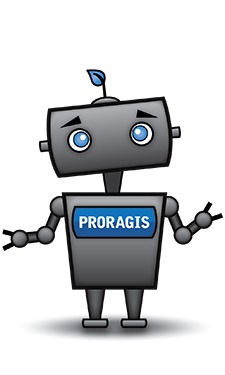 NRPA’s Research Director, Travis Smith, Ph.D., shares his insights about how PRORAGIS™ has overcome its initial challenges, what you should know and what lies ahead for the trailblazing database.
NRPA’s Research Director, Travis Smith, Ph.D., shares his insights about how PRORAGIS™ has overcome its initial challenges, what you should know and what lies ahead for the trailblazing database.
What challenges has PRORAGIS faced? How were these challenges addressed and overcome?
With any project of this size, there are always many challenges. PRORAGIS is an ambitious undertaking, and since it’s the first database of its kind, there isn’t an example we can use to guide our efforts. Our main current challenge, which I believe we’re close to solving, is the need to find the balance between the amount of data we’re collecting and the needs of agencies using PRORAGIS. While we want to collect as much data as possible, we realize that we have to “right-size” our survey to collect the most useful information from participating agencies and then supplement that data using other methods. This will decrease the amount of time that participants spend providing their information while still offering a powerful tool to take an objective look at their performance in relation to other participants.
What should new and returning agencies, consultants and other users understand about PRORAGIS?
Beyond the features and analysis that it can help an agency perform, I think that letting everyone know that entering their data not only impacts their agency but the industry as a whole is very important. The data they provide PRORAGIS is used by others to improve their agency and gives everyone a better picture of what their peers across the industry are doing. Every piece of data that goes into the system makes that picture clearer for everyone.
How is PRORAGIS being updated and developed to address the changing needs of park and recreation agencies?
We’re always talking to member agencies about how we can improve PRORAGIS. The most exciting features we’re currently working on will allow members to easily use GIS to look at their parks and facilities, and then overlay demographic data from external sources like the U.S. Census. Using this sort of analysis will allow park and recreation professionals to see how the populations they serve are changing, and proactively plan to better serve their citizens.
PRORAGIS Fun Facts
In 2013, as part of a growing commitment to increasing the health and wellness of the communities that they serve, 46 percent of agencies reported that they administered community gardens. Also in 2013, 55 percent of agencies reported that they managed an edible garden program, and 79 percent rented or permitted spaces for gardens.

